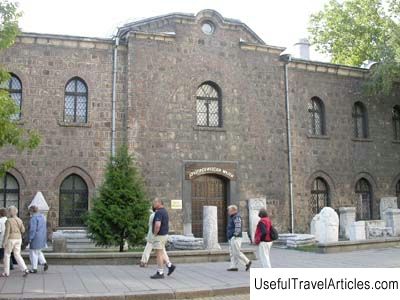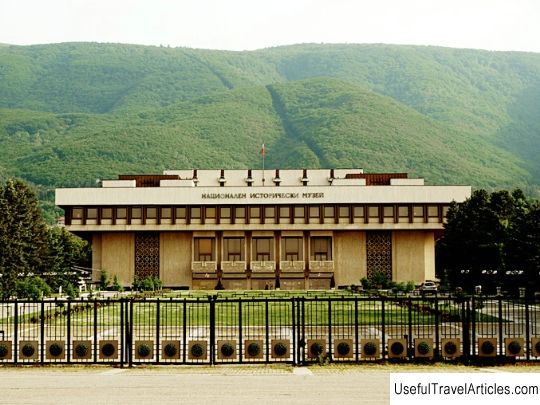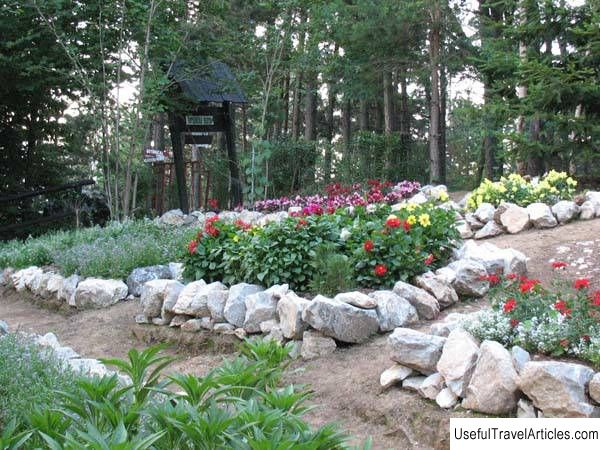Buyuk Mosque (Archaeological Museum) (National Archaeological Museum) description and photos - Bulgaria: Sofia
Rating: 8,1/10 (800 votes) 
Buyuk Mosque (Archaeological Museum) (National Archaeological Museum) description and photos - Bulgaria: Sofia. Detailed information about the attraction. Description, photographs and a map showing the nearest significant objects. The name in English is National Archaeological Museum. Photo and descriptionBuyuk Mosque is a nine-domed church built in 1494. The mosque was erected on the foundations of an ancient Christian monastery. It is a beautiful building, the walls of which are covered with ivy and vines. Over the years, it housed a hospital, library, printing house. Currently, this building houses the oldest archaeological museum in Bulgaria, founded in 1879. Over the years of the museum's existence, an impressive exposition has been collected, which currently has more than 55 thousand various exhibits. In addition, the richest collection of coins in the country is presented here - more than a million samples. The first floor of the Archaeological Museum is dedicated to antiquities from the Thracian, Roman, Greek and Byzantine periods of Bulgarian history. These are samples of mosaics from the Cathedral of Hagia Sophia during early Christianity, fragments of Roman and Greek tombs - sarcophagi of noble gentlemen, tombstones (for example, a plate of the III-IV centuries discovered during archaeological excavations in Sofia and a Roman sarcophagus of the II-III centuries, found in near the town of Lovech), a bronze deer figurine dating from the 8th century BC. e. and others. One of the main museum treasures in this exposition is the Vulchitrun treasure - thirteen golden Thracian vessels weighing 12.5 kilograms. Historians suggest that the ancient priests used them for ritual purposes. The exhibits are presented in a separate guarded room. The collection of the first floor also includes a statue of the god Apollo found in the city of Stara Zagora. It is made of bronze and gilded. The statue is missing part of the leg and both arms. Bulgarian scholars believe that the sculptor was a disciple of the great ancient Greek master Praxitel. The statue "Resting Satyr" is also of interest. She was discovered in the village of Riben, near the city of Pleven. It is assumed that it is an exact copy of one of Praxiteles' sculptures. Visitors are greatly impressed by the life-size replica of the Madara Horseman statue. The original was carved into a rock near the village of Madara. On the second floor of the museum, there are samples of the Neolithic period: tools, pottery, weapons, etc. You can also see a collection of icons and fragments of ancient frescoes.      We also recommend reading Cathedral of Salzburg (Salzburger Dom) description and photos - Austria: Salzburg (city) Topic: Buyuk Mosque (Archaeological Museum) (National Archaeological Museum) description and photos - Bulgaria: Sofia. |




